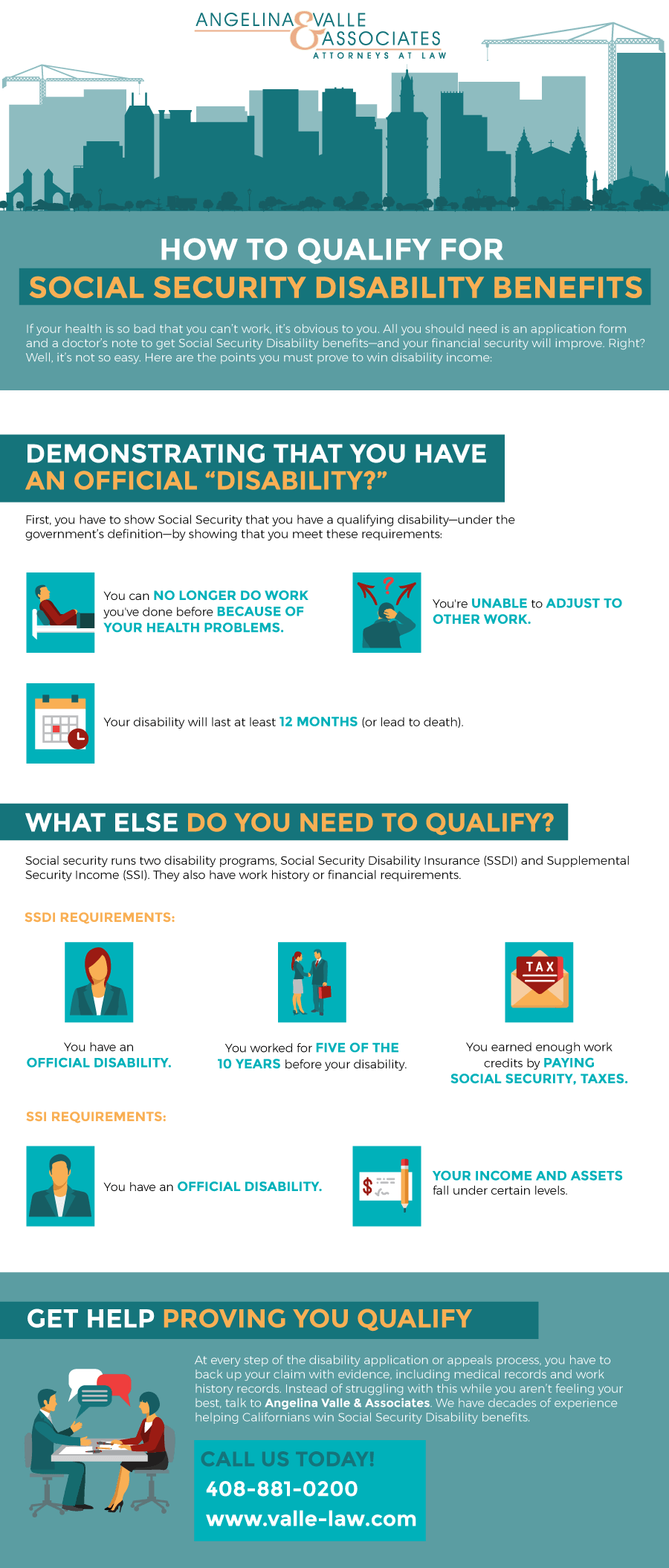Amazing Tips About How To Become A Social Security Advocate

The ssa sets a few broad requirements for representing a claimant.
How to become a social security advocate. Relevant education and training are the primary qualifications to become a social security disability advocate. A claimant may appoint a qualified individual to represent him or her in doing business with social security. Most successful certified disability advocates have a college degree and have completed disability advocate training, which covers the rules and regulations related to social.
Organizational representative payees can include social service agencies, institutions, and state or local government agencies. According to some industry definitions, an individual must be able to appear before an administrative law judge in order to be considered a social security disability advocate. To become a social security attorney, students must complete extensive schooling and training, and they should begin preparing early in their academic careers.
Help you fill out forms and. While most people receive their social security and. Act as your authorized representative with the social security administration.
Most employers typically prefer you to have a bachelor’s degree but many. Ssi/ssdi outreach, access, and recovery (soar) is funded by the substance abuse and mental health services administration (samhsa) and is a national program. To act as a nonlawyer disability advocate and get paid from a client's social security backpay benefits, an individual must either have gone to college or have training and work experience.
If you have the ability to give valuable help to a claimant and have a good character and reputation, you can. The appointment must be in writing and must be filed with ssa. Discover the steps and the career path to progress in your career as a social security disability.
To act as a nonlawyer disability advocate and get paid from a client's social security backpay benefits, an individual must either have gone to college or have training and work experience. Conduct an initial screening and intake assessment. Contact your local social security office and inquire about placement on a referral.
















